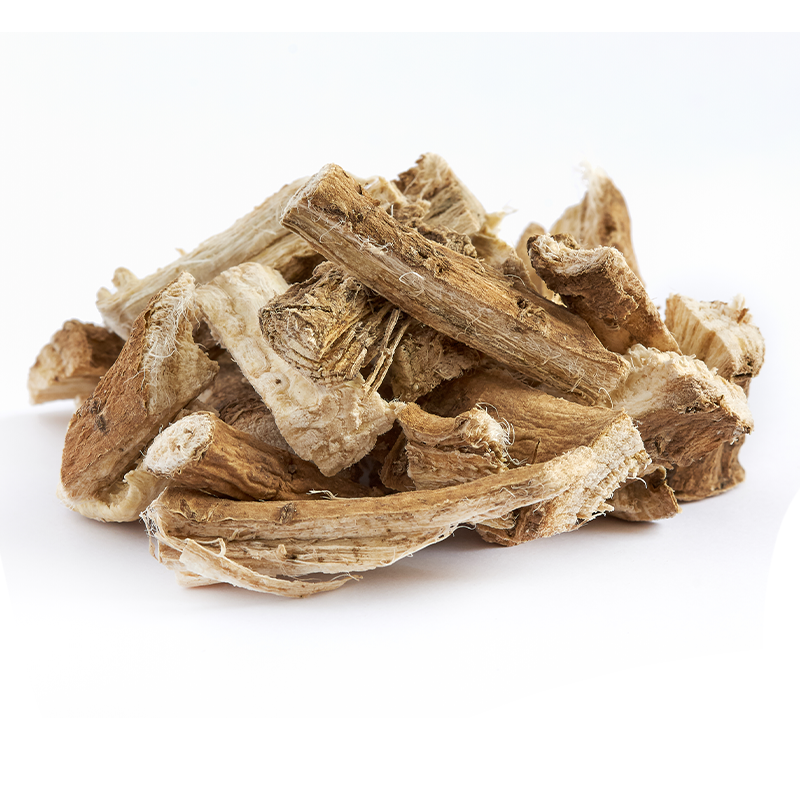Experience the Soothing Benefits of Marshmallow Root
Marshmallow Root (Althaea officinalis) has been used for millennia for its soothing properties. It can be found in beverages, desserts, and more. Known to support a well-regulated and balanced body & mind, Marshmallow Root is a valuable herbal addition to various products. Its mucilaginous qualities make it a popular ingredient in natural throat soothers and digestive aids.
Please Note: Typically we carry a stock a cut and sifted marshmallow root.
Please Note: A. rosea (uyouor garden variety hollyhock) is noted to bee similar to marshmallow. In some recipes, it may be used interchangeably. In commerce, its roots are considered an adulterant to marshmallow root.
More About Marshmallow Root
Marshmallow Root, derived from Althaea officinalis, is known for its soothing properties, especially for mucous membranes. This perennial herb contains mucilage, flavonoids, and phenolic compounds, making it a popular choice in traditional medicine for its anti-inflammatory and soothing effects.
Marshmallow Root is often used in herbal teas and remedies for soothing the throat, digestive system, and skin irritations. Its mild and slightly sweet flavor makes it a pleasant addition to various herbal preparations.
Originating from Europe, Western Asia, and North Africa, Marshmallow Root has been used in traditional healing practices for centuries. Its versatility extends to culinary uses, where it adds texture and mild sweetness to dishes. The root's mucilaginous properties and rich phytochemical profile have made it a valued herb in both traditional and modern herbal medicine, embodying the essence of natural healing and care.
Know Your Ingredient: Marshmallow Root
| Latin Name | Althaea officinalis |
| Active Ingredients | Mucilage, Flavonoids, Phenolic Compounds, Tannins |
| Classification Secondary Metabolite | Polysaccharides (Mucilage), Flavonoids, Phenolic Compounds |
| Flavor | Mild, slightly sweet |
| Common Use | Herbal teas, traditional medicine (soothing mucous membranes, anti-inflammatory), culinary uses |
| Origin | Native to Europe, Western Asia, and North Africa |


